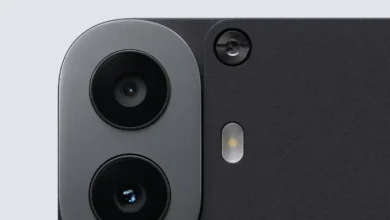
nerves, and neurons that allows us to move with agility and purpose remains one
of science’s greatest mysteries. But a groundbreaking collaboration between
Harvard University and Google’s DeepMind is bringing us closer to unraveling
this complex code. Enter the virtual rodent, a revolutionary AI creation
poised to transform our understanding of how the brain controls movement.
A Digital Doppelganger:
Simulating Rodent Movement with AI
Imagine a virtual world teeming
with digital rats, scurrying and navigating with uncanny realism. This isn’t
science fiction; it’s the brainchild of this innovative project. Researchers
meticulously captured high-resolution data on real rats’ movements and brain
activity. This data became the training ground for DeepMind’s powerful machine
learning algorithms. The result? An artificial neural network that can not only
simulate a rodent’s movements within a virtual environment but also predict the
neural activity that would underpin those movements in a real animal.
Beyond Mimicry: Unveiling the
Neural Choreography of Movement
The virtual rodent isn’t just a
digital puppet show. The true power lies in its ability to mirror the
biological processes at play within a real rat’s brain. When the virtual rodent
performs an action – scurrying through a maze, for example – the activations
within its artificial control network eerily resemble the neural activity
patterns observed in real rats engaged in the same behavior. This remarkable
correlation suggests that the AI model has captured the essence of how the brain
orchestrates complex movements.
The virtual rat’s AI brain is trained to mimic real rat movements. Woah 🔥 🔥
This collaboration between DeepMind and Harvard is a big deal for neuroscience and robotics. pic.twitter.com/WYe2NvKTET
— Techverse (@intechverse) June 14, 2024
A New Frontier in
Neuroscience: Ethical Research and Beyond
The implications of this research
are vast. By studying the virtual rodent in controlled, customizable
environments, scientists can delve deeper into the neural underpinnings of
movement than ever before. This paves the way for more ethical and efficient
neuroscience research, potentially reducing the need for live animals in
certain studies. Additionally, this virtual model could hold the key to
developing more sophisticated treatments for neurological disorders like
Parkinson’s disease and improving the design of neural prosthetics.
The Future of Movement: From
Virtual Rats to Robots and Beyond
The virtual rodent project
represents a significant leap forward in our understanding of the brain’s
control system. But its impact extends far beyond neuroscience. The insights
gleaned from this research could be instrumental in developing robots with more
natural and agile movement capabilities. This could revolutionize fields like
automation, manufacturing, and even search and rescue operations.
DeepMind and Harvard: A
Collaboration Ushering in a New Era
The success of the virtual rodent
project highlights the power of collaboration between cutting-edge AI and
rigorous neuroscience research. As DeepMind and Harvard continue to refine
their model and explore its potential applications, we can expect even more
groundbreaking discoveries in the years to come. This research paves the way
for a future where AI not only helps us understand the human body but also aids
in developing solutions to improve our health and well-being.



